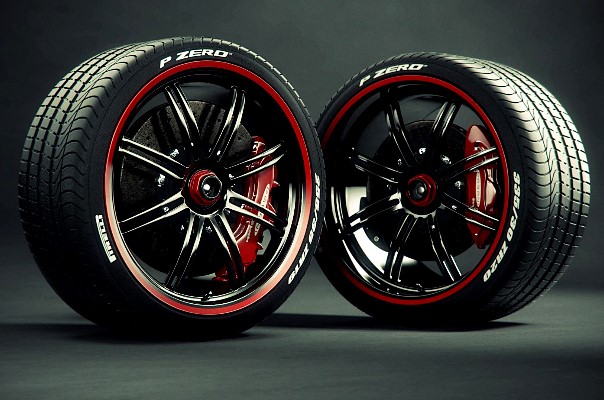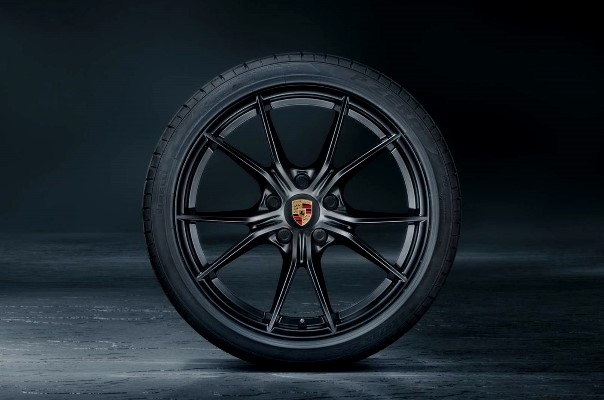TPMS Market Takeover
TPMS Market Takeover
Introduce TPMS to market by a new supplier and take over at least 50% of the initial market share.Project Highlights
Tire Pressure Monitoring System (TPMS) is an electronic system designed to monitor the air pressure inside the pneumatic tires on various types of vehicles. This functionality first appeared in luxury vehicles in Europe in the 1980s, while mass-market adoption followed the USA passing the 2000 TREAD Act after the Firestone and Ford tire controversy. Mandates for TPMS technology in new cars then continued to proliferate in the 21st century.
The project was to introduce TPMS to market by a new supplier and take over at least 50% of the initial market share. Due to the influence tire pressure has on vehicle safety and efficiency, part of the strategy was to make it mandatory. But with a long period of premium added-value market positioning.
It was first adopted by the European market as an optional feature for luxury passenger vehicles in the 1980s. The first passenger vehicle to adopt TPM was the Porsche 959 in 1986, using a hollow spoke wheel system developed by PSK. In 1996 Renault used the Michelin PAX system for the Scenic and in 1999 the PSA Peugeot Citroën decided to adopt TPM as a standard feature on the Peugeot 607. The following year (2000), Renault launched the Laguna II, the first high volume mid-size passenger vehicle in the world to be equipped with TPM as a standard feature. In the United States, TPM was introduced by General Motors for the 1991 model year for the Corvette in conjunction with Goodyear run-flat tires. The system uses sensors in the wheels and a driver display which can show tire pressure at any wheel, plus warnings for both high and low pressure.
I led a team to create and implement a 5-year marketing and supply strategy. Initially focused in Europe, then US, followed by Japan, and the rest of the world. Global TPMS OEM market now is primarily dominated by Schrader (now Sensata), Continental, Pacific, ZF TRW and HUF, the five players holding a combined global market share of nearly 90% by virtue of technological superiority. Schrader, an undisputed bellwether, took an about 54.8% market share worldwide in 2017.
- Duration : 12 Months
- Industry : Automotive
- Category : Market
- Location : Germany

Client Review.
"...With the support and guidance provided by Antonio's team we were able to become the #1 supplier of TPMS globally. Even though we were a small fish competing head-to-head with automotive giants in their pond, we dominated from day one..."
Tire Pressure Monitoring System (TPMS) is an electronic system designed to monitor the air pressure inside the pneumatic tires on various types of vehicles. This functionality first appeared in luxury vehicles in Europe in the 1980s, while mass-market adoption followed the USA passing the 2000 TREAD Act after the Firestone and Ford tire controversy. Mandates for TPMS technology in new cars then continued to proliferate in the 21st century.
The project was to introduce TPMS to market by a new supplier and take over at least 50% of the initial market share. Due to the influence tire pressure has on vehicle safety and efficiency, part of the strategy was to make it mandatory. But with a long period of premium added-value market positioning.
It was first adopted by the European market as an optional feature for luxury passenger vehicles in the 1980s. The first passenger vehicle to adopt TPM was the Porsche 959 in 1986, using a hollow spoke wheel system developed by PSK. In 1996 Renault used the Michelin PAX system for the Scenic and in 1999 the PSA Peugeot Citroën decided to adopt TPM as a standard feature on the Peugeot 607. The following year (2000), Renault launched the Laguna II, the first high volume mid-size passenger vehicle in the world to be equipped with TPM as a standard feature. In the United States, TPM was introduced by General Motors for the 1991 model year for the Corvette in conjunction with Goodyear run-flat tires. The system uses sensors in the wheels and a driver display which can show tire pressure at any wheel, plus warnings for both high and low pressure.
I led a team to create and implement a 5-year marketing and supply strategy. Initially focused in Europe, then US, followed by Japan, and the rest of the world. Global TPMS OEM market now is primarily dominated by Schrader (now Sensata), Continental, Pacific, ZF TRW and HUF, the five players holding a combined global market share of nearly 90% by virtue of technological superiority. Schrader, an undisputed bellwether, took an about 54.8% market share worldwide in 2017.




